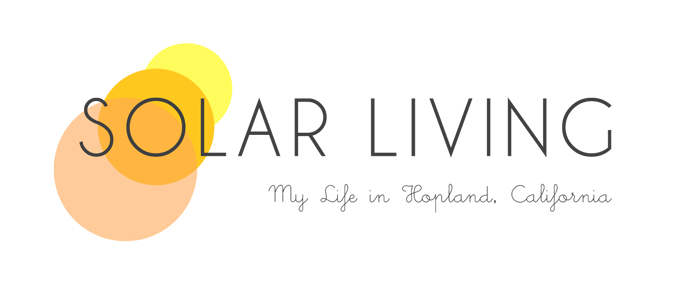
Making cob with clay, sand, and straw...

Retrofitting an old shower house with earth plaster...

Outdoor lecture with Massey Burke...

Cob stomping party!

Cuatro and Massey discussing the benefits of earth plaster...

Applying the first coat of earth plaster to the cob bench...
Anyone who knows me well knows that I am crazy about straw bale houses – not the kind that was blown down by the Big Bad Wolf, but the uber-sustainable ones that use stacked straw bales as a highly efficient insulating material, and in the case of load-bearing straw bale houses, as the structural support and insulation in one fell swoop. Yowza!
As such, it was a dream come true to spend a whole week at a natural building workshop with Massey Burke, Co-founder of the natural building company and school Vertical Clay in Berkeley. The retreat was held at Ingel-Haven Ranch in Potter Valley, a gorgeous 5th generation family ranch that I blogged about a few postings back. The eco-ranch was the perfect setting to experiment with different natural building techniques.
Massey defined natural building as “the art of building durable things with biodegradable materials” and discussed the many environmental, economic, and aesthetic benefits of using local, biodegradable materials to build natural structures. From an environmental perspective, natural buildings have low embodied energy, meaning that little to no energy is required to produce the materials used to create the structure. Second, natural building can be a form of waste reduction, particularly in straw bale and cob structures that use straw (a waste product) as the main building material. From an economic perspective, natural building is often the most affordable option, since most of the building materials can be sourced from your own property or the local area. From an aesthetic standpoint, natural building materials lend themselves to infinite creative variability, producing unique shapes and patterns that are unattainable with most conventional building materials. And last but not least, natural building is a great way to bring together your friends and family to "raise the walls" so to speak, and for this reason is often praised for its community-building potential.
Throughout the week, we turned theory into practice by using natural materials from on-site to build a large community bench and to retrofit an old shower house. The bench was constructed mainly of cob, which is a combination of clay, sand, and straw – the same three materials that are used to make adobe bricks. In both cases, the sand functions as the aggregate that provides compressive strength (resistance to weight forces); the straw functions as the fiber that provides tensile strength (resistance to pulling forces); and the clay functions as the binder that holds it all together. These three basic materials translate into a plethora of natural building styles: cob, adobe, straw bale, rammed earth, wattle & daub, earth bags, and earth ships!













